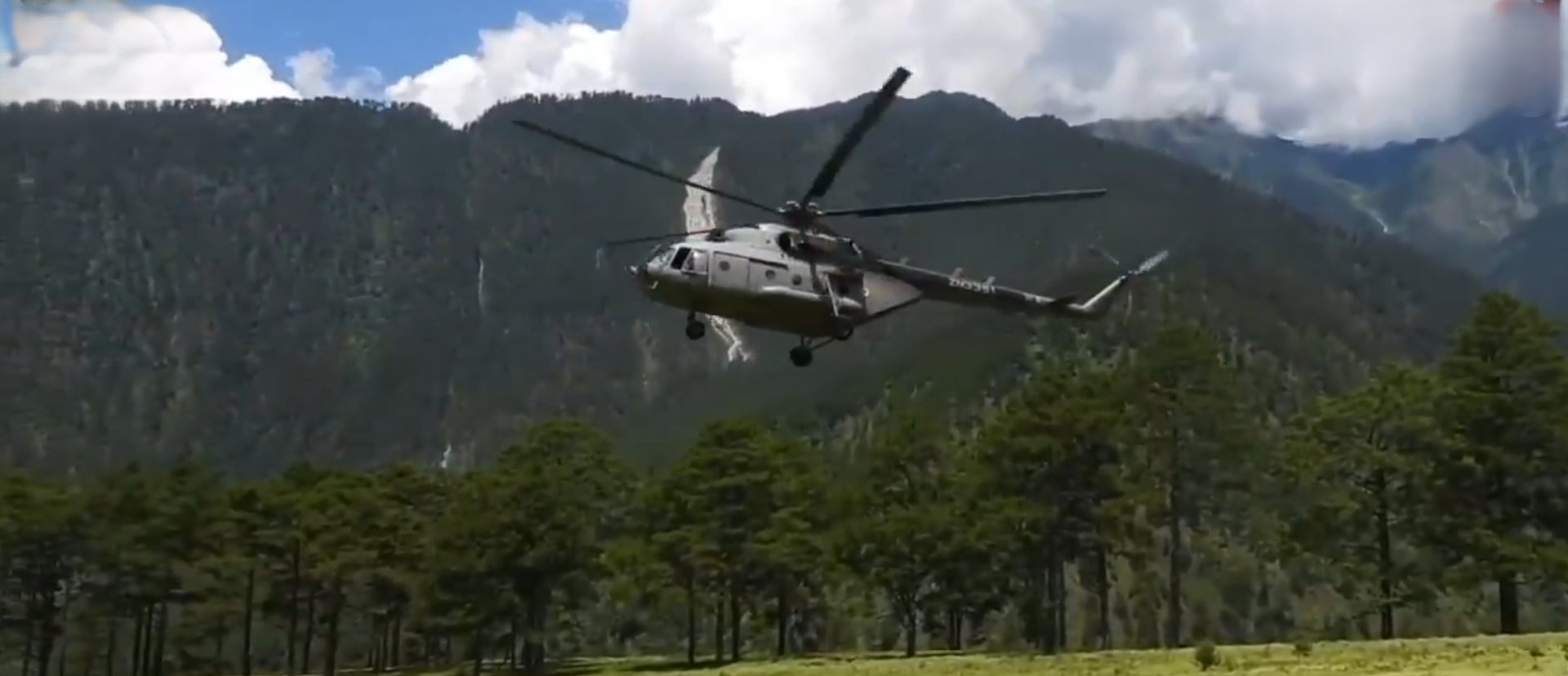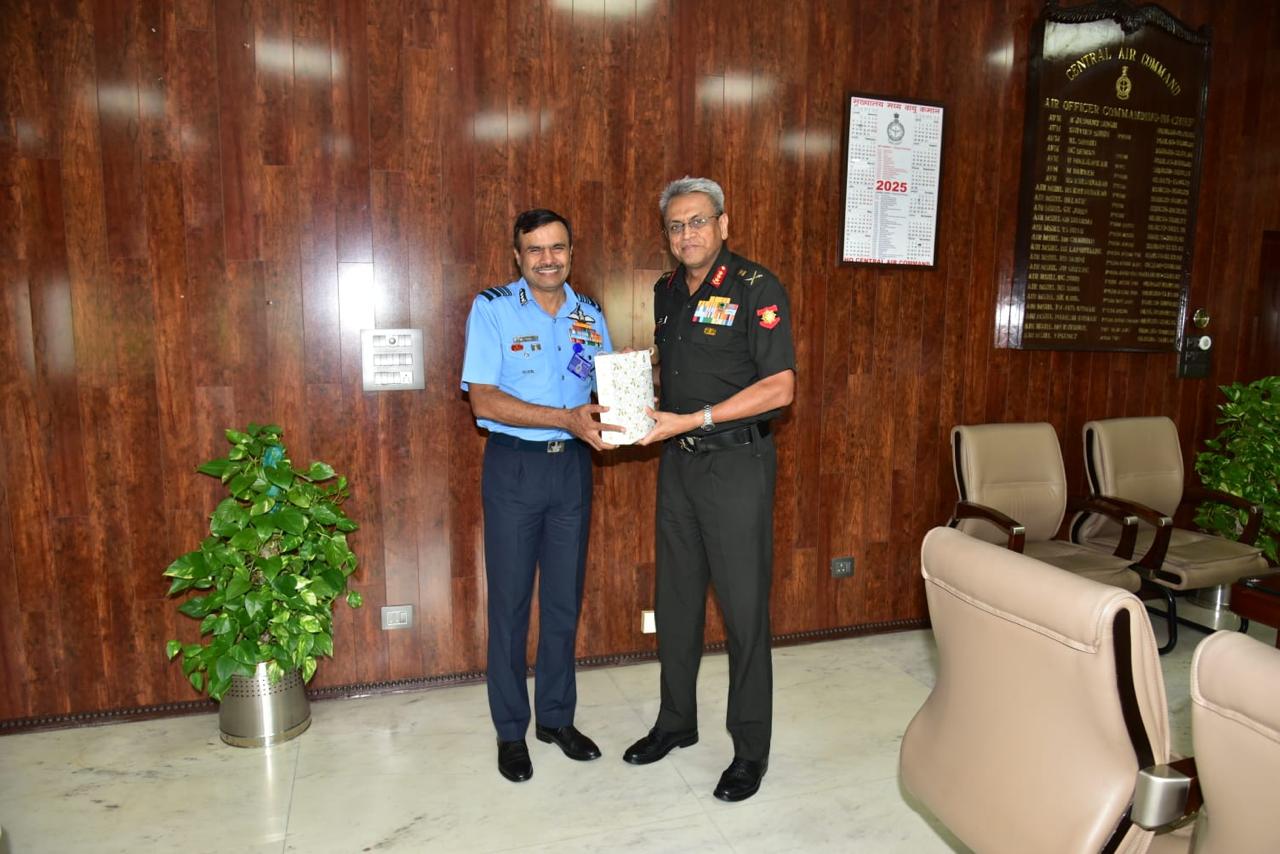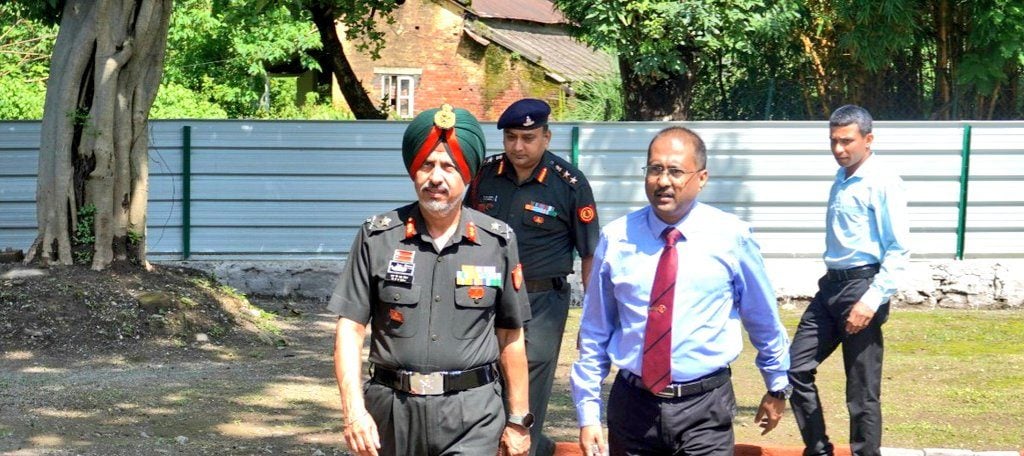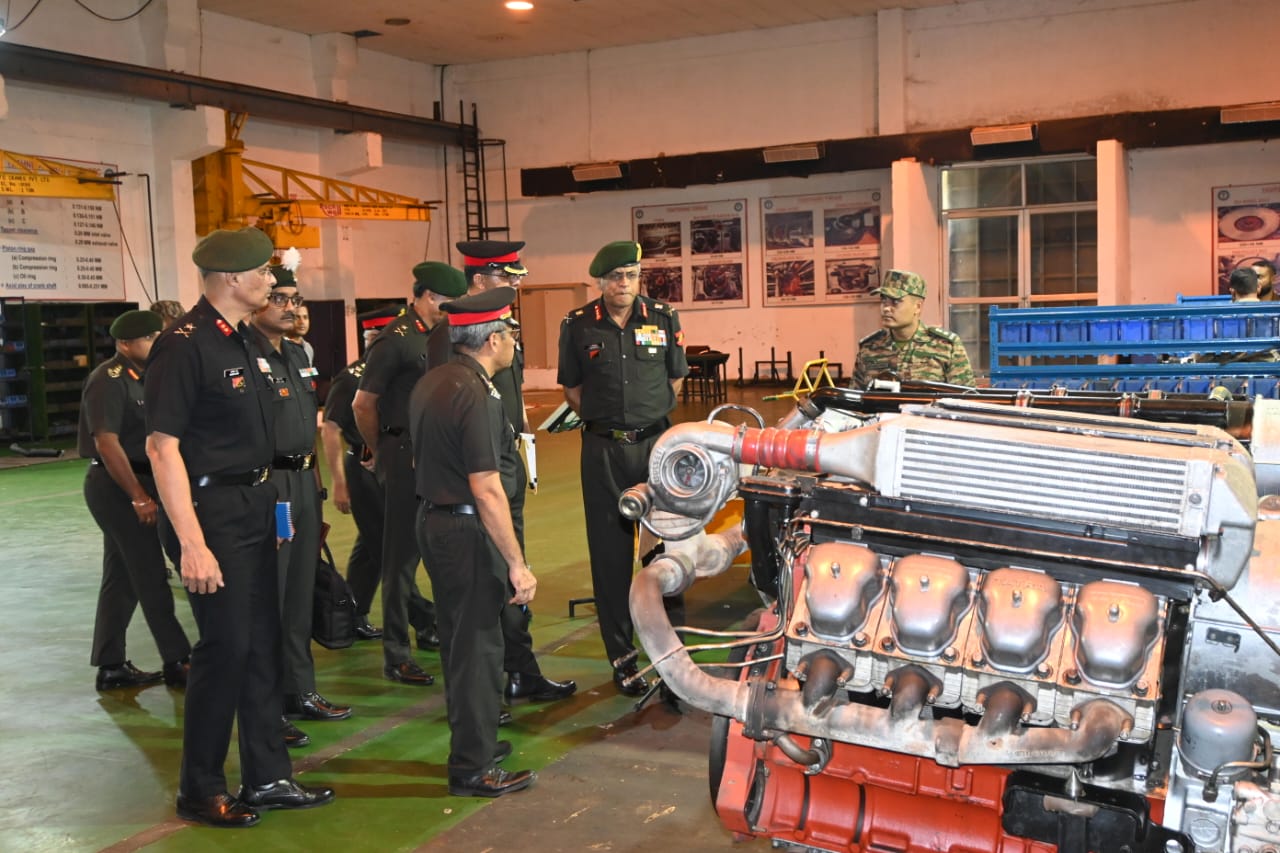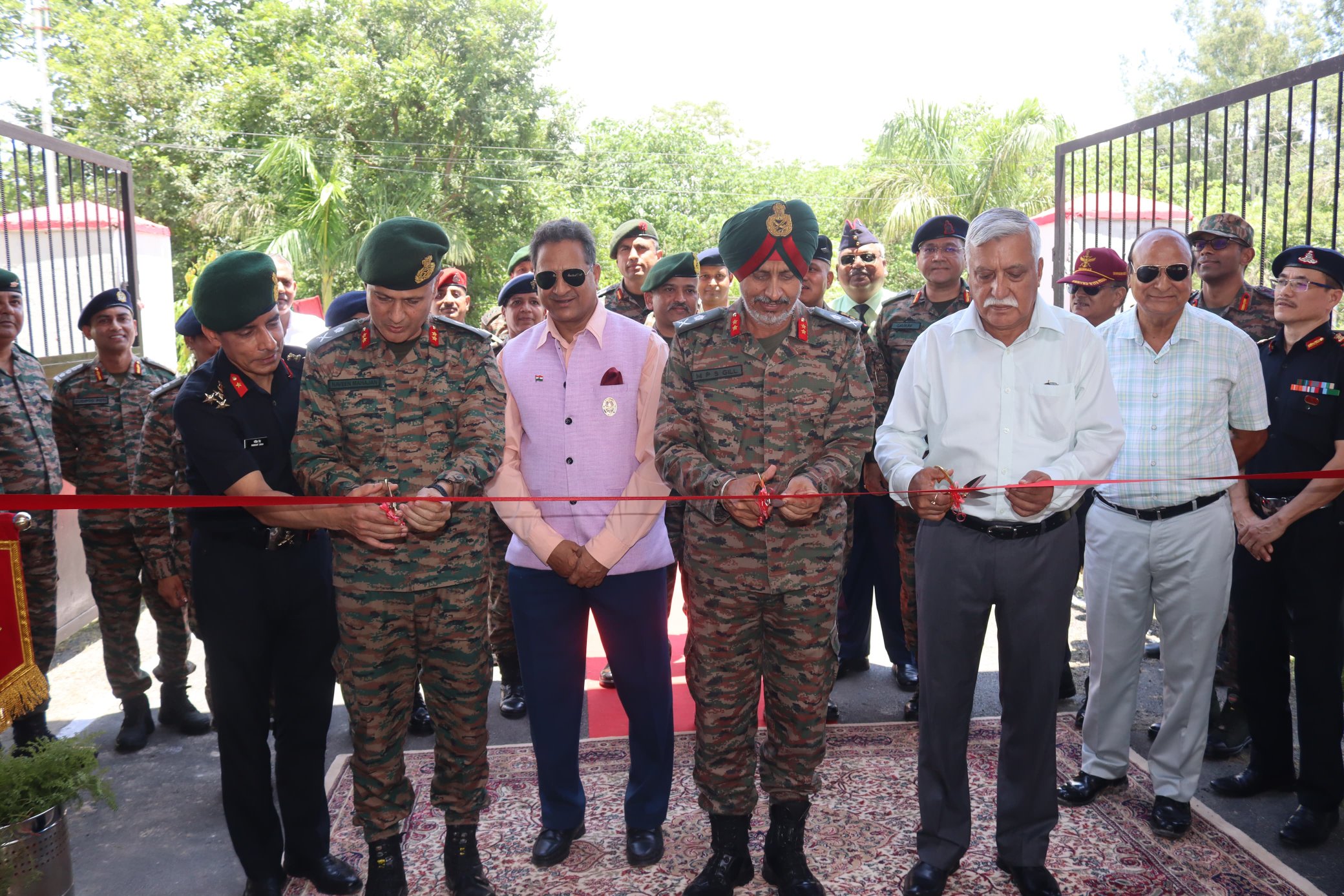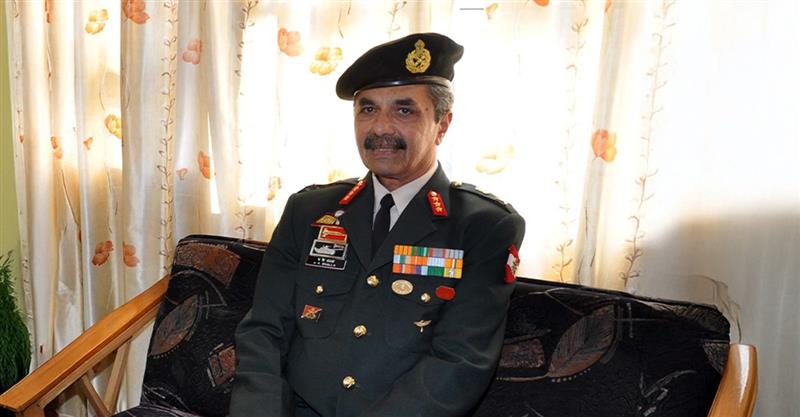Indian Army and IAF Conclude ‘Exercise Piercing Arrow’ in Arunachal Pradesh
The Indian Army’s Spear Corps and the Indian Air Force have successfully wrapped up “Exercise Piercing Arrow,” a high-intensity joint…
Lt Gen Anindya Sengupta and Air Marshal Balakrishnan Manikantan review Air-Land Integration Strategy in Prayagraj
In a strategic move to reinforce India’s joint warfighting capabilities, Lieutenant General Anindya Sengupta, General Officer Commanding-in-Chief of the Central…
Maj Gen MPS Gill Reviews Defence PR Unit in Dehradun,Emphasizes Strategic Communication and Infrastructure Growth
Major General M P S Gill, VSM, General Officer Commanding (GOC) of the Uttarakhand Sub Area, paid an official visit…
Lt Gen Anindya Sengupta Reviews Key Logistics and Maintenance Infrastructure in Prayagraj to Boost Operational Preparedness
In a major push toward strengthening its logistics and operational capabilities, the Indian Army conducted a comprehensive review of its…
New ECHS Polyclinic Inaugurated in Dehradun’s Clement Town to Strengthen Veteran Healthcare Services
In a major boost to veteran welfare, a new Ex-Servicemen Contributory Health Scheme (ECHS) Polyclinic was inaugurated in Clement Town,…
Blue Cloud Softech Appoints Former Defence Intelligence Chief to Boost Cybersecurity and National Security Strategy
Blue Cloud Softech Solutions Ltd (BCSSL), a leading Hyderabad-based global technology company, has appointed Lieutenant General Anil Bhalla (Retd), PVSM,…

